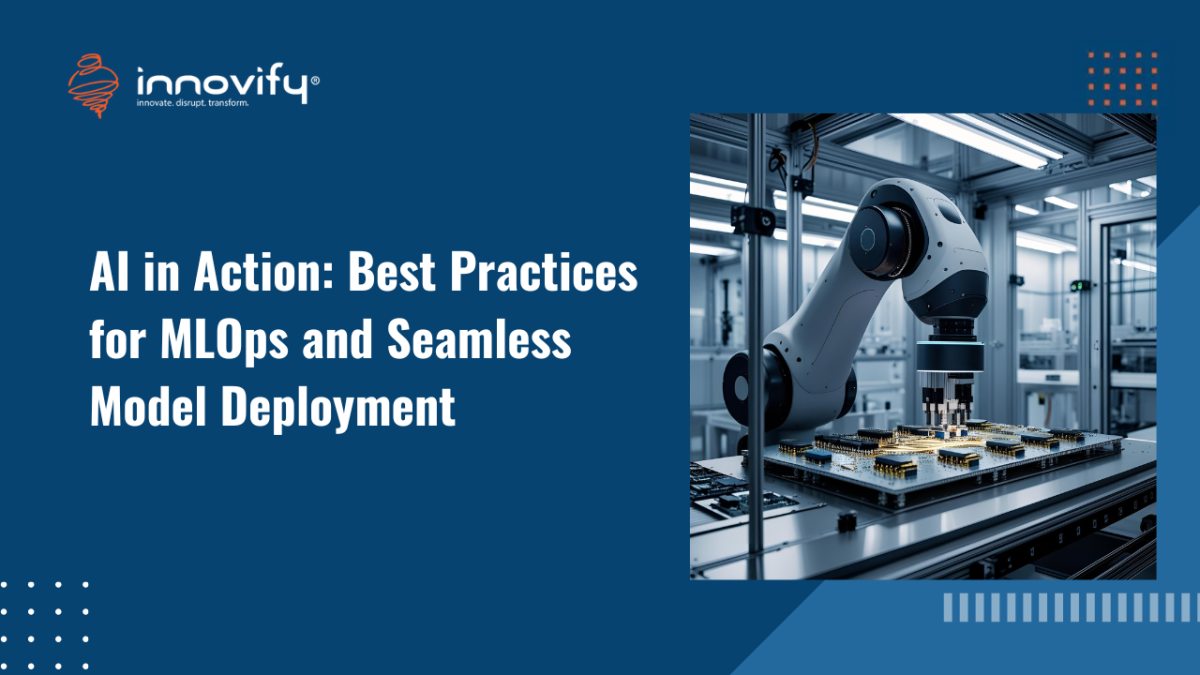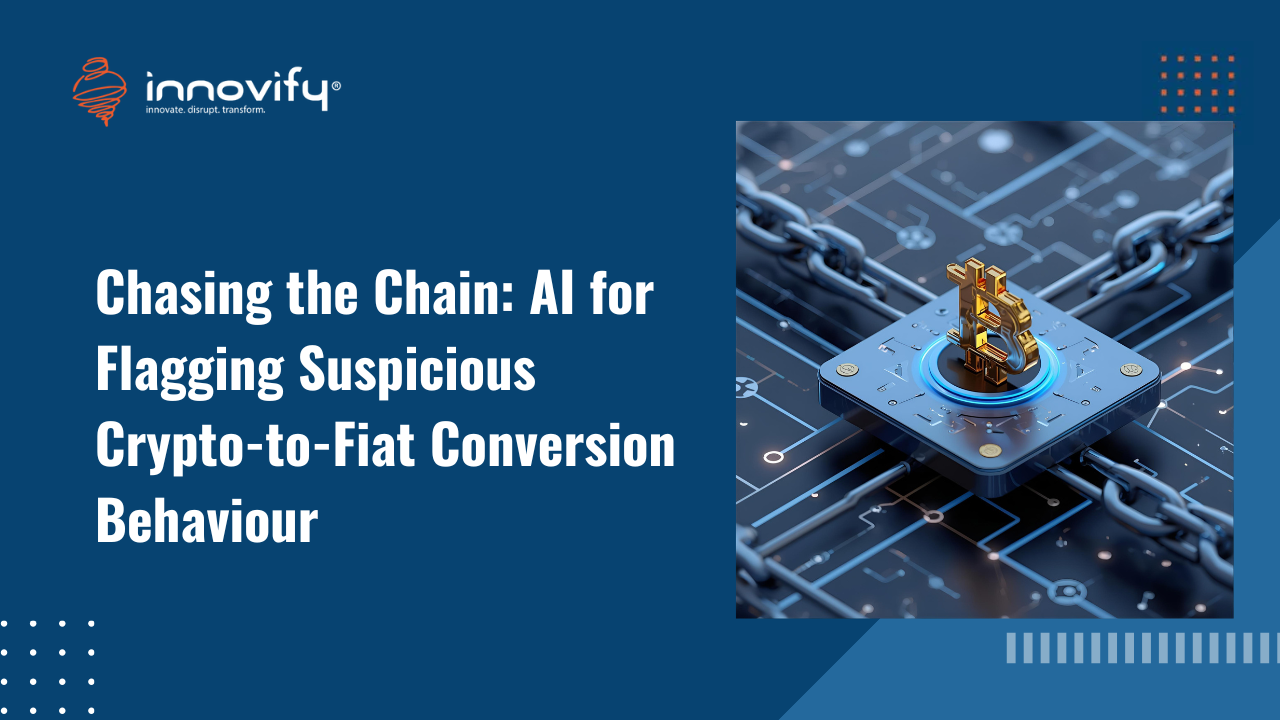AI/ML
AI in Action: Best Practices for MLOps and Seamless Model Deployment
Best practices for MLOps and AI model deployment
The journey of an Artificial Intelligence (AI) model doesn’t end when it’s built; in fact, that’s just the beginning. The real challenge lies in taking a well-performing model from the data scientist’s notebook and deploying it reliably into a production environment, ensuring it continues to perform optimally, scales efficiently, and remains current. This complex process, bridging the gap between data science, software engineering, and operations, is the domain of MLOps (Machine Learning Operations). Adhering to best practices for MLOps and AI model deployment is critical for any organization seeking to realize the true business value of its AI investments.
The Chasm Between Development and Production
Historically, the transition of AI models from development to production has been a significant bottleneck. Data scientists focus on model accuracy and experimentation, often using tools and environments not suited for operational deployment. Software engineers and operations teams, on the other hand, are concerned with scalability, reliability, security, and continuous delivery. This divergence can lead to “model debt,” where perfectly good models sit unused, or “silent failures,” where deployed models degrade in performance without immediate detection. MLOps emerged to resolve this, creating a streamlined, automated, and collaborative pipeline for the entire machine learning lifecycle.
Core Pillars of Effective MLOps
Effective MLOps is built on several interconnected best practices:
- Version Control for Everything (Code, Data, Models): Just as code is versioned, so too should be the datasets used for training, the trained models themselves, and all configuration files. This ensures reproducibility, allowing teams to roll back to previous versions if issues arise and to track the lineage of every deployed model.
- Automated ML Pipelines (CI/CD/CT): The entire process, from data ingestion and preparation to model training, evaluation, testing, and deployment, should be automated.
- Continuous Integration (CI): Automating code integration and testing.
- Continuous Delivery (CD): Automating the release of new models or model updates to production.
- Continuous Training (CT): Setting up automated triggers for model retraining (e.g., when new data arrives or performance degrades), ensuring models stay relevant.
- Robust Model Monitoring and Alerting: Once deployed, models must be continuously monitored for performance degradation (e.g., accuracy drift, data drift) and operational health (e.g., latency, error rates). Proactive alerting systems are crucial to detect issues early and trigger necessary interventions, such as retraining or human oversight.
- Reproducibility and Explainability: It must be possible to consistently reproduce model training runs and deployments. Furthermore, for critical applications, models should be explainable, allowing stakeholders to understand why a particular decision was made, which is vital for debugging, auditing, and regulatory compliance.
- Scalable and Resilient Infrastructure: The deployment environment must be designed to handle fluctuating loads and ensure high availability. Containerization (e.g., Docker) and orchestration tools (e.g., Kubernetes) are often used to package and manage models, enabling flexible scaling and efficient resource utilization.
- Collaboration and Communication: MLOps thrives on seamless collaboration between data scientists, ML engineers, DevOps teams, and business stakeholders. Shared tools, clear communication channels, and defined roles and responsibilities are essential.
The Strategic Imperative of MLOps
By embracing these best practices for MLOps and AI model deployment, organizations can transform their AI initiatives from experimental projects into reliable, high-value business assets. MLOps minimizes technical debt, accelerates time-to-market for new AI capabilities, and ensures that AI models continue to deliver accurate and relevant insights long after deployment. It’s the operational backbone that supports the sustained impact of AI, enabling organizations to scale their intelligent capabilities and maintain a competitive edge in a rapidly evolving digital landscape. Looking to streamline your AI model deployment and operations? Book a call with Innovify today.




